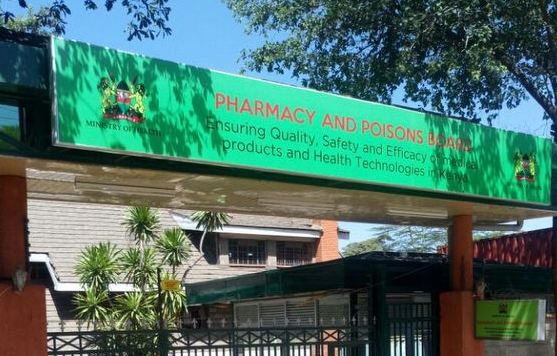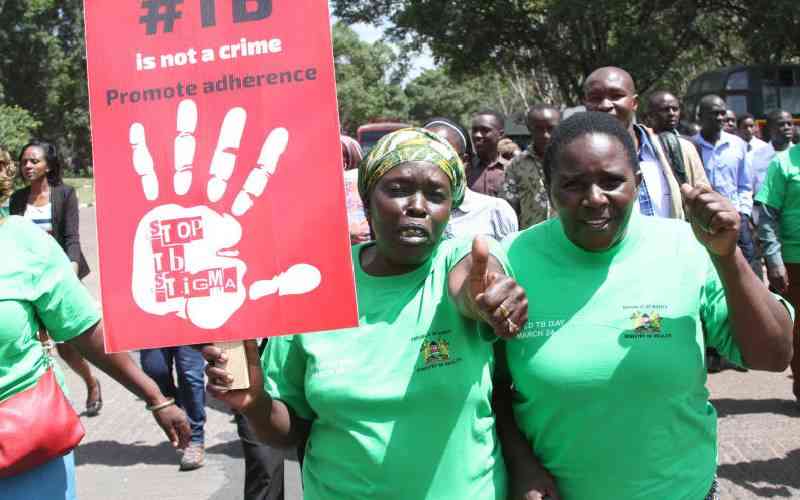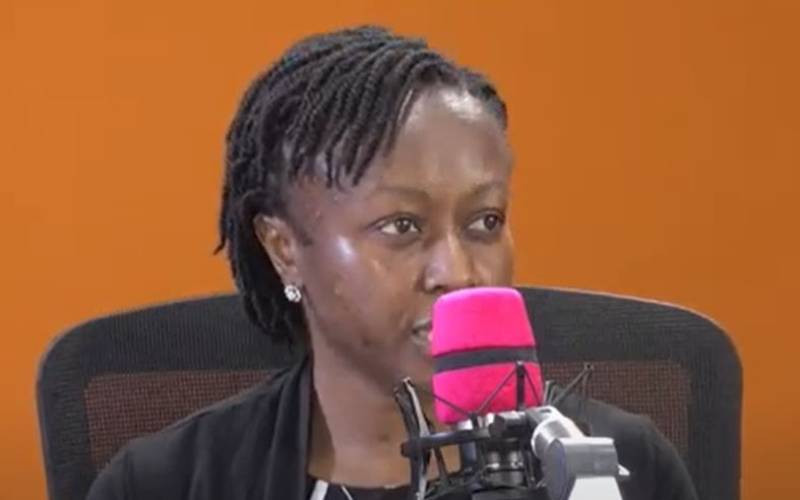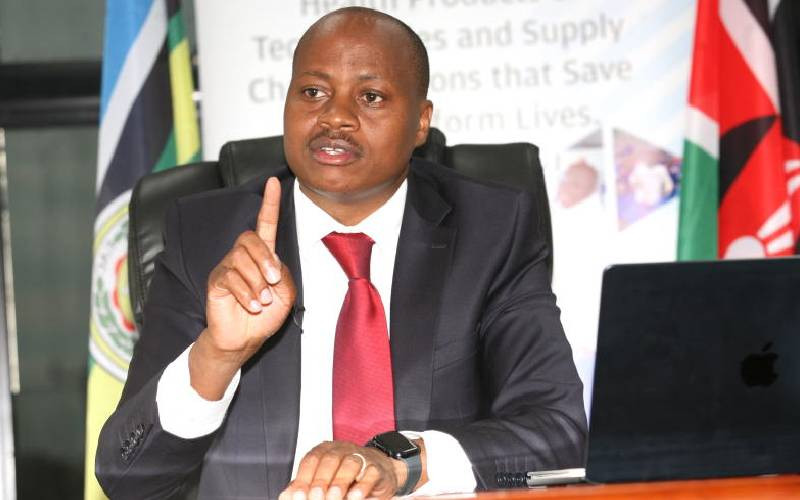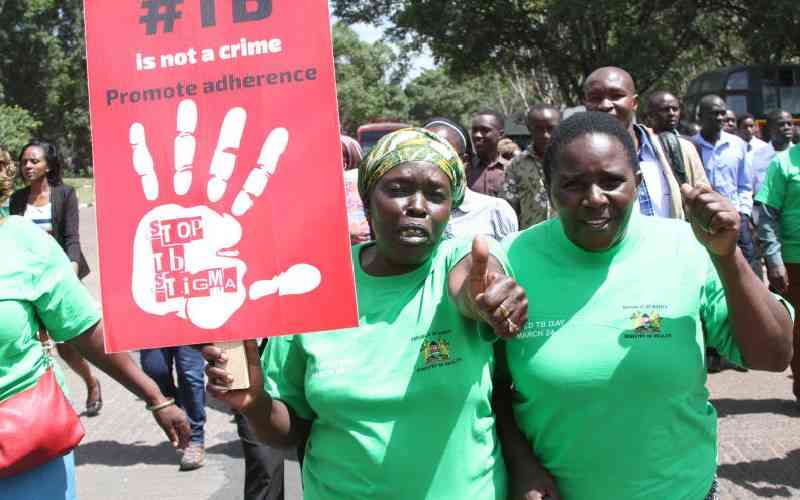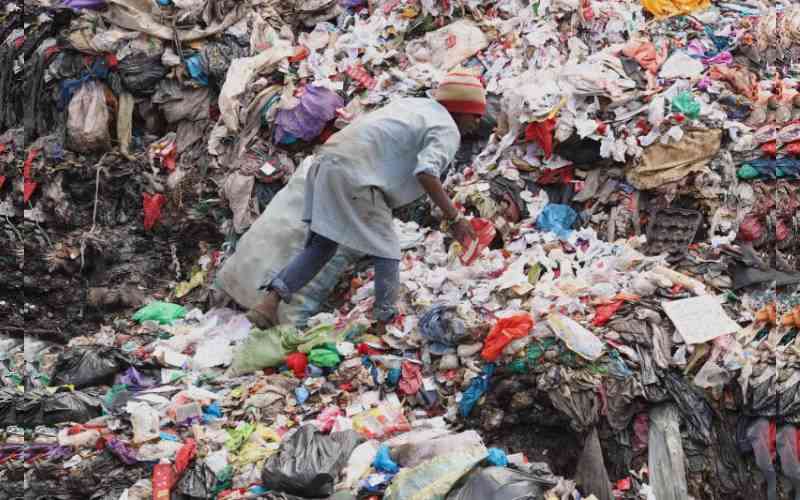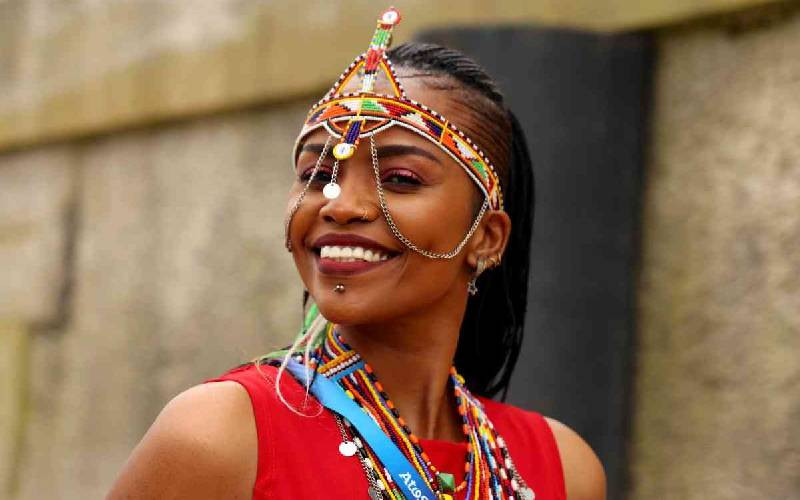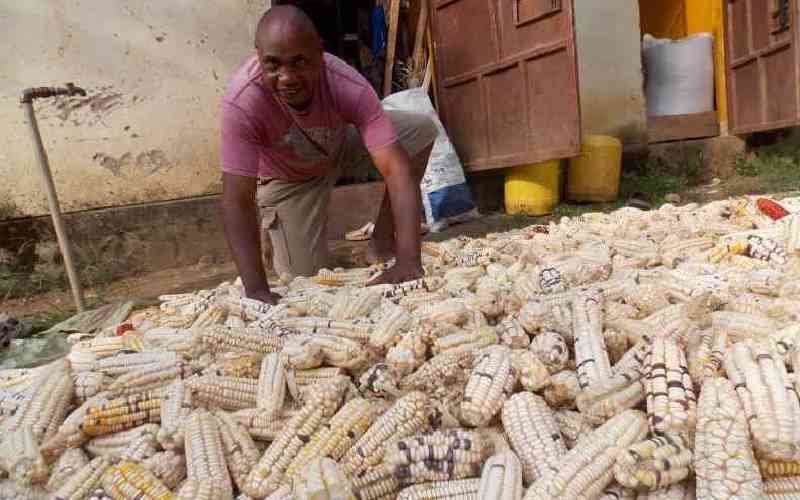
NAIROBI: Abby White is as lively a woman as they come. Nothing in her humour could betray what she has gone through. The 38-year-old Chief Executive of World Eye Cancer Hope (WECH) is a victim of eye cancer, known scientifically as retinoblastoma.
Her face is the contrast of her life packed persona. The left eye has shriveled. An artificial device serves to enhance her facial appearance after the original eye ball was removed to stop the spread of cancer to her brain and other organs.
Says Abby, an eerie smile playing on her lips: “I objected to suggestions to save the natural right eye ball with two to three years of expensive treatment and side effects of radiotherapy at a time it had been rendered blind and useless by cancer, opting instead to have it physically removed”.
That was the year 2000. The left one was not affected by cancer, but contracted from the side effects of radiotherapy. It served me well with thick glasses until it dimmed to the extent that today, I can pick out only hazy shapes.
POPULATION OF SPECIES
Abby says her left eyesight started going down by 2005. “I could hardly identify things clearly by 2009 and I stopped being independent. All I was seeing were blurs. I started walking much slower and could not walk at night anymore. I had reached the point of using a white cane which I did not like.“
A graduate of geography from Keble College, Oxford University in the UK, Abby worked in Kenya since 1998, first with a Kisumu-based NGO known as Fish in Our Hands that monitored the population of species of fish in Lake Victoria. She later worked at the Kisumu Girls High School, and was teaching Geography at Usoma Primary School by the time her sight faded into a haze.
I returned to my parents in England where the task to match me to a guide dog started. I was matched to Annie in June, 2012,“ she says, patting her precious pet to which she talks as though she were a human being.
Annie is huge, dark and fierce looking, albeit harmless. She responds to instructions from her master only, exhibiting a degree of intelligence that leaves onlookers perplexed. She sits when ordered, sleeps, stands, jumps.
More interesting, Annie the dog owns a passport complete with her name, species, gender, colour and date of birth given as 9/05/2008 in England. She is a Labrador retriever. A microchip on her shoulder bears the number on her passport. Writings on her back read almost audibly: “I am on duty. Do not disturb”.
And what a proud girl Annie is! Not only is she the first guide dog to step on Kenyan soil, but the first one to fly Kenya Airways carried in the passenger cabin. “Like other passengers, she was processed at the arrival terminal of JKIA where she had her passport checked,“ says Abbie, describing the process as ‘unbelievably efficient’ courtesy of Bollora logistics that liaised with the department of animal services.
Turning to me, Abby adds: “Pets are carried as a rule in special crates as cargo and processed as such. Not so guide dogs. A guide dog has to be with its master all the time to avoid getting stressed and losing orientation. The longest time I have been away from Annie is three hours. I was horse riding in Spain. I am truly miffed and cannot help expressing it.”
LONGEST FLIGHT
“A London to Nairobi nonstop flight is eight hours. How was Annie‘s toilet needs taken care of?” I pose.
Abby chuckles. “I knew you would ask that,” she says with amusement. “To start with, Annie neither fed nor drank like other passengers throughout the flight. She remained at one place, slept at my feet. At no time was she a nuisance.”
The longest flight we have made is 12 hours between Los Angeles and London and she was never a problem. We have made 22 long haul flights so far in total and she has never as much as barked on board.
How were they received in Kenya where guide dogs do not exist and there are no laws covering them?
Abby: “A letter from the Kenya High Commission in London made things easy. Moreover, Kenyans have been very understanding and I have not run into any problems in malls, hotels or anywhere we went including here at The Standard Group Centre. I am immensely impressed.”
WECH is an NGO that strives to improve care for children with eye cancer.
Through the organisation, Abby mobilises funds from well wishers across the world to help create awareness, treatment and support to improve care for children with cancer. Abby says WECH partnered with the Kenya Child Cancer trust for the last five years to train child life teachers in Eldoret.
TRAINING CENTRES
Abby was in Kenya for a meeting with the Kenya National Retinoblastoma Association that brought together ophthalmologists, oncologists, pediatricians and clinical officers at the SOS regional training centre in Karen, Nairobi. She has since flown out to South Africa to attend the International Society of Paediatrics and Oncology meeting in Cape Town.
Abby and her elder sister, Corie are both victims of cancer of the eye that affects babies. They inherited it from their father, the late John White.
Relates Abby: “My father was born in Kitale here in Kenya. He was diagnosed with eye cancer at nine months at the Native Civil Hospital (now Kenyatta National Hospital). After treatment in Kenya and in England, both his eyes were removed to stop the cancer from spreading to the brain. He died in 1997 at 51 years from another cancer related to retinoblastoma that he suffered as a baby.”
“I was born in 1976 in England with the same cancer that is caused by genetic mutation. Unlike my father, my affliction was diagnosed soon after birth followed by lots of treatment including radiotherapy. Incidentally, my mother was a victim of cataract, a benign ailment of the eye.“
 The Standard Group Plc is a multi-media organization with investments in media platforms spanning newspaper print
operations, television, radio broadcasting, digital and online services. The Standard Group is recognized as a
leading multi-media house in Kenya with a key influence in matters of national and international interest.
The Standard Group Plc is a multi-media organization with investments in media platforms spanning newspaper print
operations, television, radio broadcasting, digital and online services. The Standard Group is recognized as a
leading multi-media house in Kenya with a key influence in matters of national and international interest.

